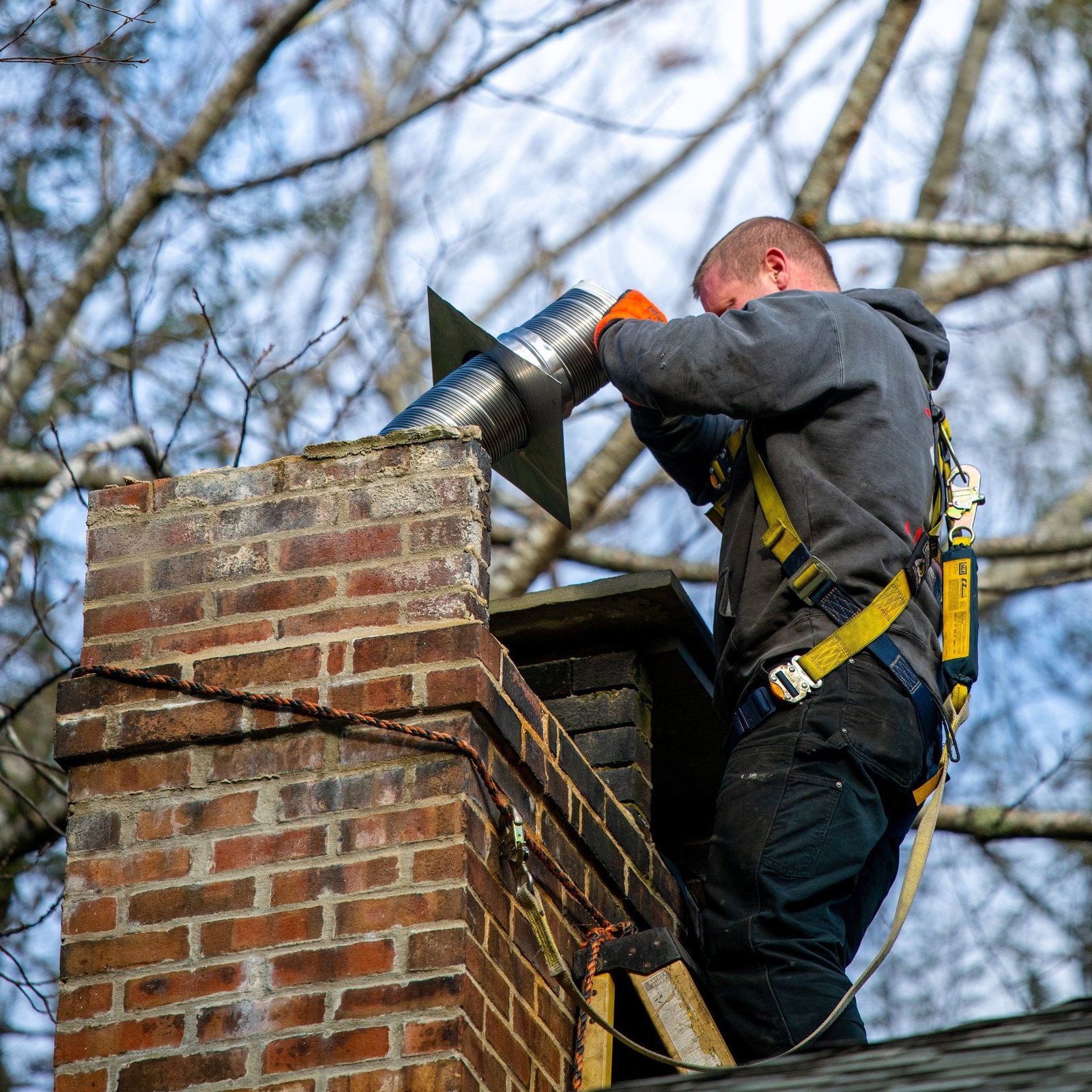If you live around Poulsbo, you already know how much a cozy fireplace can matter during those damp, chilly months. But here’s something often overlooked: the humble chimney liner. Whether you’re new to home ownership or simply curious about what keeps your chimney safe and efficient, picking the right liner can make a world of difference. Let’s chat about which materials are out there, what sets them apart, and how to make the best choice for your home, peace of mind, and chimney liner.
“A reliable chimney liner is like a good friend—always working behind the scenes to keep you safe and warm.”
Key Features: What Makes a Chimney Liner Stand Out?
Not all chimney liners are created equal, and the differences matter more than you might think. Each material—be it metal, clay, or a poured-in-place option—has its own little personality. Here’s a quick look at what makes each type tick:
| Material | Lifespan | Best For | Not Ideal When |
|---|---|---|---|
| Stainless Steel | 20+ years | Most fuels, old chimneys, retrofits | Budget is very tight |
| Clay Tile | Up to 50 years | New builds, wood-burning fireplaces | Odd-shaped or curved flues |
| Ceramic/Poured-In-Place | 30+ years | Restoring damaged chimneys | Quick installs or low cost needed |
| Aluminum | 10–15 years | Gas appliances (not wood or oil) | High heat or wood-burning usage |
Stainless steel liners are the go-to for many Poulsbo homes, especially if you’re working with an older chimney or switching up your heating system. Clay tiles have been around forever, and while they’re sturdy, they’re not always a match for modern upgrades. Poured-in-place liners are a fix-it-all for odd situations, and aluminum, while affordable, is really only happy handling gas appliances.
Safety: Keeping Hazards at Bay
Let’s get real: the main job of a chimney liner is to keep smoke, heat, and nasty stuff like carbon monoxide out of your home. It’s your hidden line of defense. Some materials are better at this than others, and using the wrong one can be a gamble you don’t want to take.
- Stainless steel is like a suit of armor—it doesn’t rust easily, stands up to high heat, and can handle just about any type of fuel. This means fewer worries about cracks or leaks.
- Clay tiles are tough and slow to wear out, but they can crack during freeze-thaw cycles (which Poulsbo is no stranger to).
- Poured-in-place liners form a solid, seamless wall inside your chimney, so there are no gaps for gases to sneak through. Great for fixing up chimneys that have seen better days.
- Aluminum is lightweight and easy to install, but it’s not built for high temperatures or the soot that comes with burning wood.
Tip: Always choose a liner that matches your heating system and local weather. What works in dry climates may not survive a Poulsbo winter!
Cost: Balancing Budget and Value
Nobody likes surprise expenses, especially when it comes to home repairs. Chimney liners come in all price ranges, and sometimes spending a bit more upfront can save you a bundle down the road. Here’s a ballpark idea of what you might expect:
- Stainless steel: Middle to high range. Worth it for durability and peace of mind.
- Clay tile: Usually the cheapest option if you’re building from scratch, but repairs can get pricey.
- Poured-in-place: Higher cost, but a lifesaver for fixing tough chimney problems.
- Aluminum: The least expensive, but limited in where it can be used.
When weighing cost, don’t just look at the price tag—think about how long the liner will last and if it’ll keep your family safe. Sometimes, paying a little extra for a quality install is the smartest move.
Emergency Service: When Time is of the Essence
Life happens—chimneys get clogged, storms hit, or you discover a cracked liner right before your holiday party. In those moments, having a local pro who knows Poulsbo’s quirks can be a lifesaver. Stainless steel liners can usually be installed pretty quickly, even in an emergency. On the other hand, clay tiles and poured-in-place options might require a bit more planning and patience.
If you ever find yourself in a pinch, don’t hesitate to call in an expert. Fast, professional help can prevent small problems from turning into big headaches down the line.
Wrapping It Up: Choosing the Right Liner for Your Poulsbo Chimney
Picking a chimney liner isn’t just about checking a box—it’s about keeping your home snug, your air clean, and your family safe for years to come. From stainless steel’s all-around reliability to the old-school charm of clay tiles, there’s a material fit for every home and budget. Remember, when in doubt, trust local experts who know the ins and outs of Poulsbo’s weather and building quirks. That way, you can spend more time enjoying the warmth of your fireplace and less time worrying about what’s going on behind the scenes.
Read More: Poulsbo Chimney Sweep
